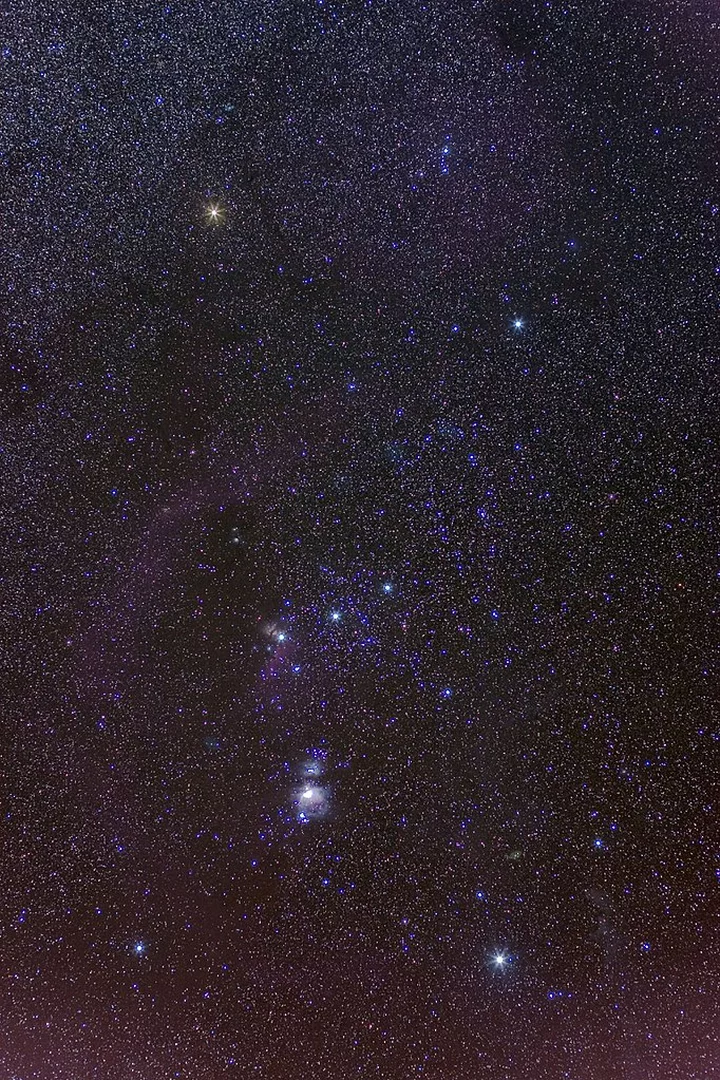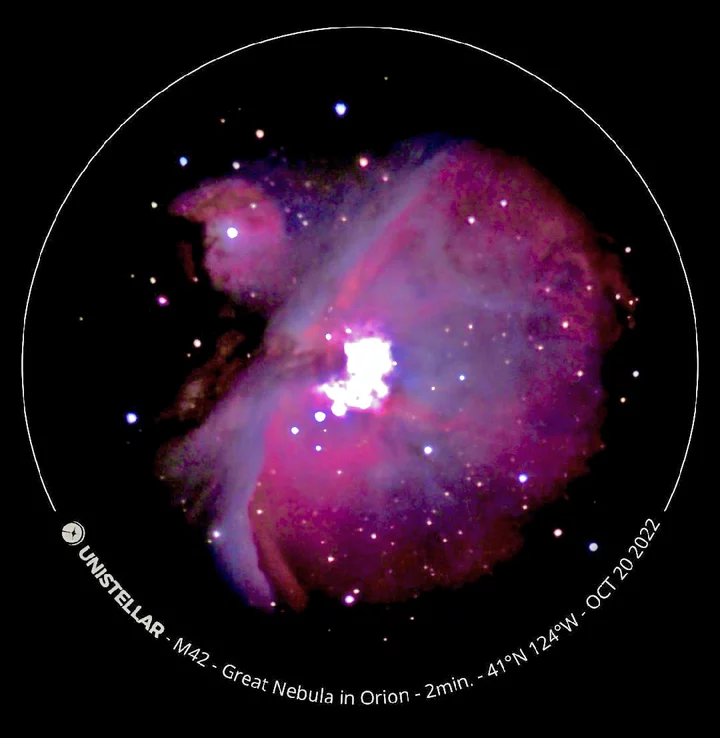The skies will clear, I promise, and — knowing that the moon won’t rise until after midnight this week — you’ll be able to look up in the evenings, and see stars. Even from downtown, whether you’re in Arcata, Eureka or Fortuna, you’ll easily be able to see a few dozen stars if you shield your eyes from streetlights. The most obvious, of course, are the seven bright ones that make up Orion, hunter of the night sky. And it’s easy to spot Sirius, brightest star other than our sun, by following a line down and left from Orion’s belt. Following his belt in the other direction, Taurus the Bull’s brightest star, orange Aldebaran, is easily confused these nights with Mars, also orange.
What we’ve got here is a wealth of bright stars in one comparatively small section of the sky, unmatched by those seen on summer evenings. The question is, Why? Why do we see so many bright stars in winter? I refer you to the diagram.
NASA/JPL-Caltech, R. Hurt
In summer, the sun lies approximately in the opposite direction from the center of our galaxy. That is, summer nights are filled with stars lying between the core of the Milky Way and us. And most of them are farther away than stars in the opposite direction as we look out of our galaxy instead of in. That’s where a map of the Milky Way comes in handy. Note that the sun lies just inside a spiral “arm.” Actually, a minor spiral arm, the “Orion Spur.” That’s “minor” compared to the other spiral arms — it’s still about 3,500 light years across (and nearly 10,000 light years long). Because we’re just inside the Orion Spur, we’re close to some of the big and bright stars of which it’s comprised. Orion, for instance? Its stars all lie between about 200 and 2,000 light years from us — a hop, skip and a jump when you consider that the Milky Way is about 100,000 light years across.
Mouser, CC BY-SA 3.0, via Wikimedia Commons
On summer evenings, as we look towards the core of our galaxy, what we mostly see is … dust. If not for the dust enfolding the core, we’d basically have a second sun in the sky — that’s how bright the zillions of stars making up the core are. But with all that dust, plus the fact that the stars of next spiral arm inward (Scutum-Centaurus) is much farther away than the innermost stars of the Orion Spur, means that bright summer stars are few and far between (Vega, Deneb and Altair are exceptional). What we really see then, if conditions are right and you’re away from street lights, is an edge-on view of the Milky Way, the combined (if hazy) light of billions of stars. It looks ragged because of that intervening dust.
Oh, and Sirius? Brightest star in the night sky? It really isn’t intrinsically very bright. It just looks brilliant to us because it’s practically next door. (Hang around for sixty thousand years, and Sirius will be a handy South Pole star.) Meanwhile, if you see Sirius this week, know that those photons crash-landing on your retina started out in early May 2014. When life was a tad more innocent.
The Great Nebula in Orion (M42) located below Orion’s belt. (Barry Evans)



CLICK TO MANAGE